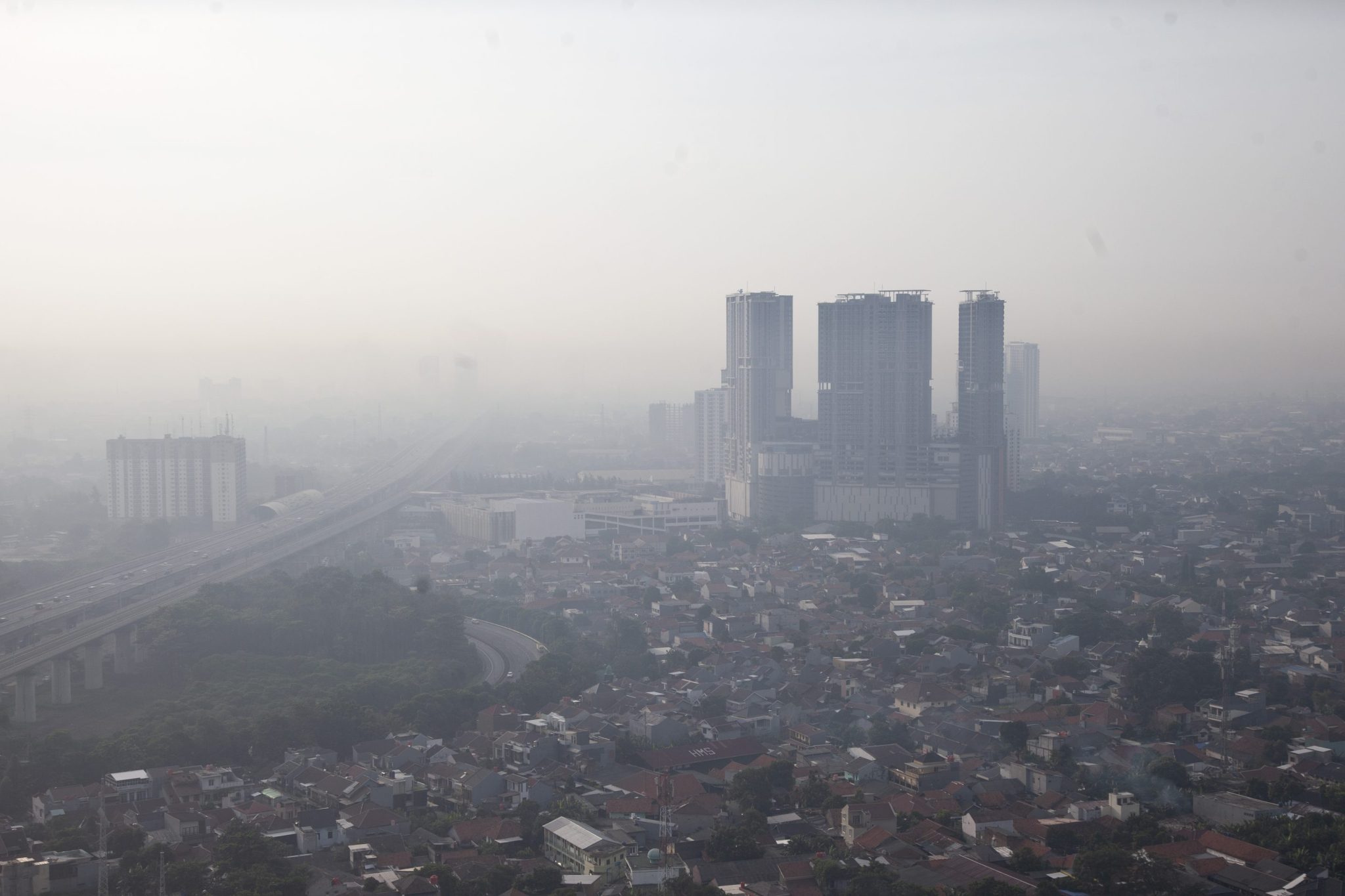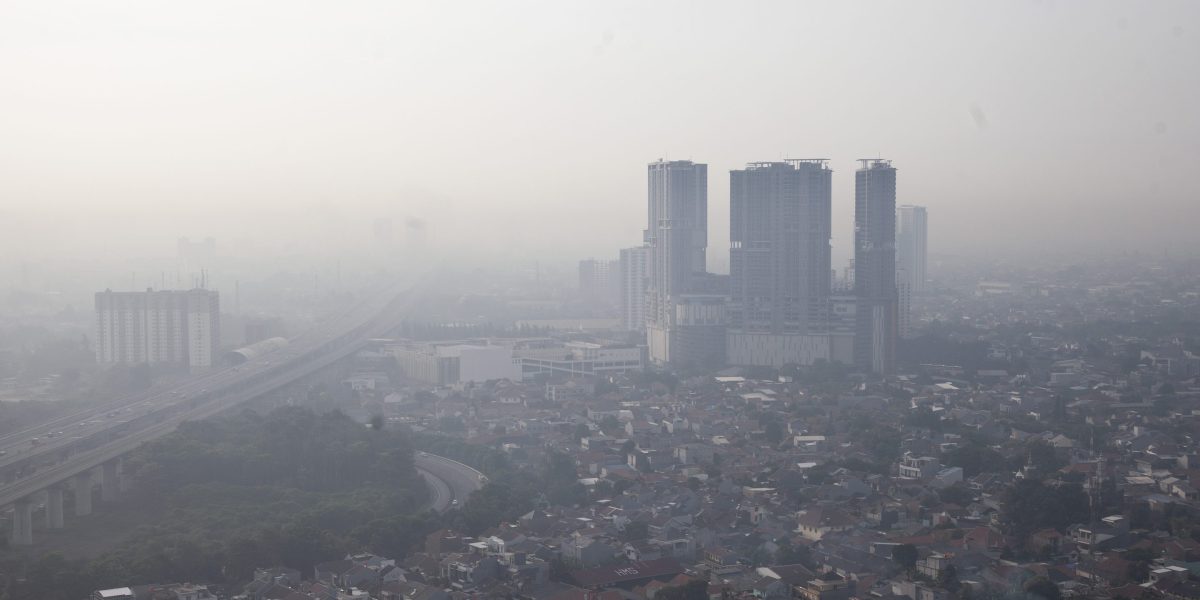
Air pollution-related deaths in Southeast Asia could increase by up to 10% by 2050, costing the region nearly $600 billion even if overall pollution levels fall, according to one study. New research published in international environmental organization Magazine October 8th.
The study, led by Steve Yim, director of the Center for Climate Change and Environmental Health at Nanyang Technological University in Singapore, estimated the economic costs of pollution-related deaths under different emission scenarios: low, medium and high.
The study estimates that the region will lose $447 billion in air pollution-related deaths under a low-emissions scenario and $591 billion under a high-emissions scenario.
“These figures represent the total social value of life lost, rather than direct medical costs. They reflect broader losses in welfare, such as lost productivity, economic output and the intangible costs of premature death,” explains Yim.
Air pollution in Southeast Asia comes from a variety of sources, including vehicle exhaust, forest fires and coal-fired power plants. According to statistics, more than 90% of the 2.5 billion people in East and Southeast Asia currently breathe air with unsafe levels of fine particulate matter (PM2.5) and ground-level ozone. World Health Organization.
Yan explained that climate change affects weather systems that control how air pollution forms, spreads and dissipates. For example, reduced rainfall will limit the removal of pollutants and allow them to accumulate in the air.
According to the agency, exposure to air pollution is linked to a variety of human diseases, including ischemic heart disease, stroke, lung cancer and chronic obstructive pulmonary disease (COPD) Global State of Air Report 2025 From the Institute for Health Effects and the Institute for Health Metrics and Evaluation at the University of Washington.
Pollution drops, pollution-related deaths rise
The study found that overall PM2.5 concentrations in Southeast Asia are expected to fall by 2% to 10% by 2050 under all three climate scenarios.
Asked why pollution-related deaths may be increasing despite improvements in regional air quality, Professor Yan explained that although pollutant levels are declining overall, they are increasing in Southeast Asia’s most climate-vulnerable regions. These areas include southern Thailand and the southern islands of Indonesia.
Central Asia, South Asia and Southeast Asia GDP loss in 2019 was as high as 11% due to exposure to fine particulate matter, according to World Bank estimates.
Southeast Asian governments are trying to mitigate the economic impact of pollution by improving air quality and switching to green energy. Singapore was established Government Advisory Committee on Ambient Air Quality In 2010, national air quality targets were recommended based on global guidelines and scientific findings. In 2019, an Indonesian court ordered the country to set stricter national and regional air quality standards following a citizen lawsuit.
The region is also working towards the establishment of the ASEAN Power Grid, an initiative that will promote the development and integration of clean energy across the region through a network of interconnected grids.

